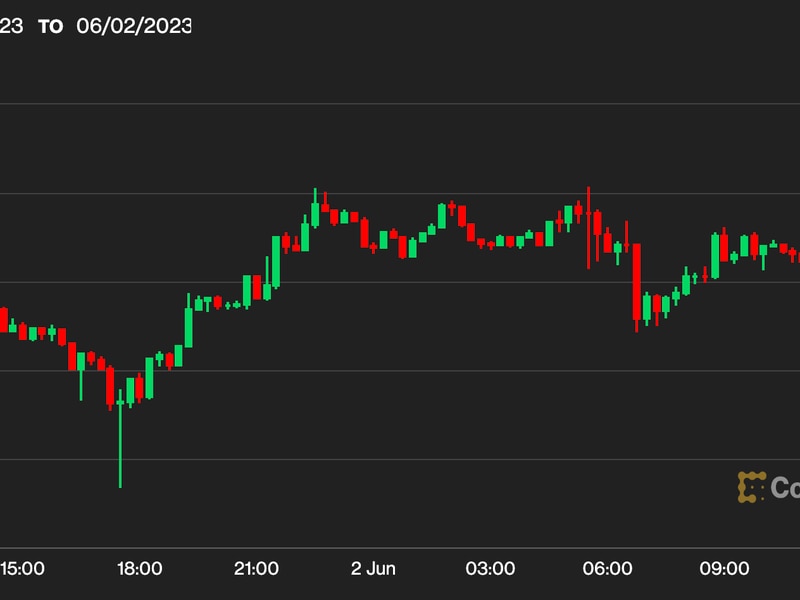Maybe Old-Fashioned Venture Capital Wasn’t So Bad After All
As the founder of a layer-2 blockchain focused on consumer crypto – meaning user-friendly applications that can achieve mass adoption – I’ve spent a lot of time thinking about why it’s more popular to talk about consumer crypto than invest in it. It’s a common complaint among builders that infrastructure not only gets all the love, but also gets all the money.
While this might seem rich coming from the founder of an infrastructure project, since our success should technically depend on consumer crypto adoption, it’s an important problem to solve. The more I thought about it, the more I realized it takes stepping back to understand the incentives of the people investing in these would-be consumer applications.
Azeem Khan is the founder of Morph, an Ethereum Virtual Machine (EVM) layer-2 blockchain in testnet.
It often seems crypto investors aren’t in alignment with the projects they invest in. Maybe that’s because tokens are changing how venture capital works as a whole. Then again, venture capital isn’t a monolith.
If we want consumer applications to receive investment, it will require more honest conversations about what project founders and their financial backers want to achieve.
If you were to ask anyone who understands venture capital or asked your favorite search engine how it works you’d likely see about the same response: private equity financing in which investors provide money to startups, take equity and traditionally look to see returns over 10 years. To date, that is mostly how venture capital has worked.
So when you go to a venture capitalist in crypto, that’s what you’d expect, right? Not so fast. Token launches have changed everything.
Tokens’ impact
Take Ethereum. It’s not only one of the best-known blockchains but also the one where the majority of builders are. But Ethereum’s true innovation was becoming a platform where anyone could launch a consumer crypto application – and corresponding token for utility.
VCs saw another opportunity here, organizing multi-billion dollar token raises for so-called “Ethereum killers.” While many of these projects failed, leaving behind inactive ghost chains, it’s been a profitable endeavor for many of the investors who poured money into them. And this gets into the nature of how tokens work.
Before the introduction of token launches, venture capitalists used to invest in businesses where they received equity only – think Meta, Airbnb, Roblox and so on. The way to make the money back on their investment was either having another company acquire the startup they invested in or having the company do an initial public offering (IPO) on the stock market. This is part of the reason it took so long for venture capitalists to see returns on their investments.
Since the advent of blockchain-based tokens, investors willing to fund crypto projects have found another avenue to get their returns, often much faster.
The way venture capital agreements work with Web3 startups these days is the investors take a percentage of tokens, equity or both depending on the investment agreement. One of the main things those investors need to work out is how those token allocations work. That’s a new problem, unseen in traditional venture capital.
The two main things to look at are the “lockup” period, which is how many months after the token launch an investor must wait before they start vesting their tokens, as well as the length of that vesting period (total token allocation will be based on the investment as a percentage of total token supply).
The final thing to consider is that the tokens these investors get have liquidity, meaning they can easily be sold for cash on an open market. This starkly contrasts the equity-only model where it’s way harder to sell your stake.
Impatient capital
Bringing this back to the beginning, if investors used to have to wait almost a decade to see if their investments were successful, but now can start to cash out within a year under token agreements, perhaps it’s time we started to rethink venture capital.
Maybe it’s time that we start to examine which investors are looking to do 100x-1000x on their investments over a decade, and which ones are looking to do smaller returns over a shorter period of time. The former is the one that will lead to consumer adoption, because we need to educate people why blockchain is better for consumers, build the products, launch them, get regulators on board, and actually be in a place where the blockchains can handle the traffic, all of which take time. The latter will only continue to further enrich already wealthy VCs, which is the opposite of what we need.
Hopefully, an honest conversation about the evolving nature of venture capital will pave the way for more investment in the right infrastructure and consumer applications in the crypto world.
Note: The views expressed in this column are those of the author and do not necessarily reflect those of CoinDesk, Inc. or its owners and affiliates.









